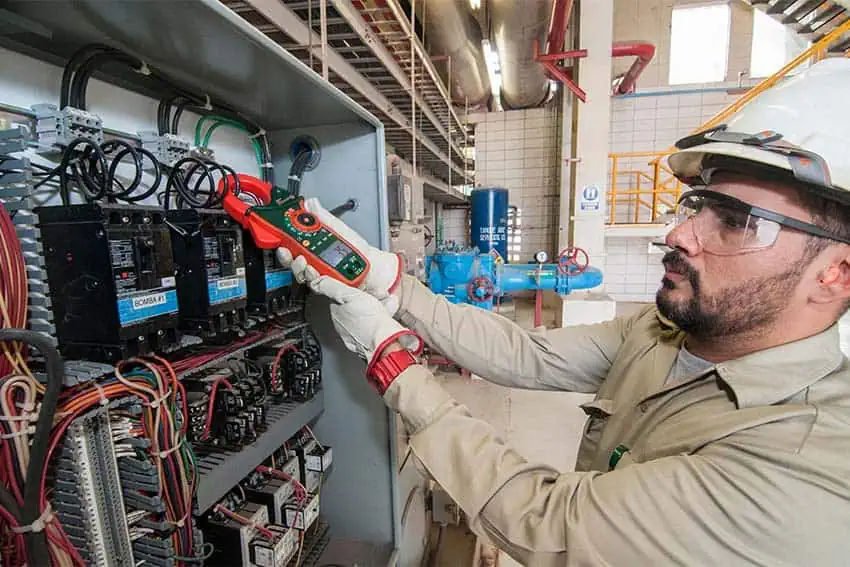Why Mexico needs a nearshoring strategy

Those of us who follow international and economic news are probably familiar with the words “nearshoring” and “reshoring,” both of which gained traction after the 2020 economic and public health crisis and the commercial and geopolitical disruptions that followed. Those trends consist in bringing supply chains “home,” and are part of a larger worldwide shift towards deglobalization that came about after the crisis of 2008-2009.
Of the two, nearshoring has a more open approach and seeks to bring supply chains home to a region, not just a country. That region, however, needs to meet certain requirements: the countries in that region need to be close not just geographically but politically and, most of all, in terms of commercial allyship. Close ties are fundamental. By contrast, reshoring usually refers to the action of bringing back supply chains to a specific country.
For Mexico, nearshoring represents an exciting opportunity. It’s seen as a path to further integration with North America, which would not only result in higher trade flows with the United States and Canada but also in a higher exchange of knowledge and skills and an advancement in our productive capabilities which — using those new skills — could be modernized.
If nearshoring materializes fully, it could mean another economic boost for Mexico, in the vein of what the country saw after the North American Free Trade Agreement (NAFTA) took effect in 1994.
So far, Mexico has seen some encouraging results.
In the first nine months of 2023, foreign direct investment (FDI) linked to nearshoring spiked 47% compared to the same period in 2022 — namely investment directed to sectors like automotive production, pharmaceutical products and semiconductors, among others with ties to global value chains.
That performance compares quite positively with the minus-27% year-over-year decline seen in FDI flows directed to other areas of the economy, such as the telecommunications and financial sectors.
Foreign investment directed to automobile and truck manufacturing — the largest nearshoring-related sector in the country — increased by 68% during that period. For activities related metal ore mining, also integrated into global value chains, FDI inflows almost tripled.
The country has also had a high number of new investment announcements: since the beginning of 2021, just when nearshoring was beginning to gain traction, over a hundred new investment projects associated with it have been announced in Mexico, with a total estimated investment of more than US $30 billion. Even if some of them fall through — currently, about 43% of those projects are still in the announcement stage — six out of every 10 projects are either already operational or under construction.
Large investment sums are expected to continue to arrive in the coming years. It would seem, then, that we’re capitalizing on the opportunity.
However, as is often the case in Mexico — in its economic growth, its fight against poverty and its efforts to reduce inequality, to mention a few instances — it also looks like we’re not really reaching our full potential. Even though Mexico seems to be thriving as an FDI host, it pales in comparison to the FDI inflow growth seen in other countries.
When we look at the results seen in Brazil, for example, we see a year-over-year increase of 70% in FDI reception between 2021 and 2022; in Chile, that same figure was 50%. Both countries are located in Latin America, yet both have higher increases than Mexico, where FDI inflows grew 12% in the same period. Additionally, Brazil’s FDI more than doubled that of Mexico in 2022, even though it was only 0.4% higher back in 2020.
What is Mexico doing wrong? Why is its FDI not increasing at the same rate as that of other countries? The answer doesn’t necessarily lie in what the country’s doing wrong, but in what it’s failing to do.
When the world and the United States started thinking about nearshoring, many in Mexico assumed that we would naturally be included as an integral part of the puzzle. We assumed that, due to Mexico’s geographical and cultural closeness with the U.S. and its participation as a partner of one of the largest, most comprehensive free trade agreements in the world, the United States-Mexico-Canada Agreement, we’d be prioritized as an ally in the effort to create more resilient supply chains.
That mindset has led to a lack of strategy or efforts aimed at becoming the most competitive and convenient ally for North America. Consequently, we haven’t yet done the work needed to ensure that we have the necessary infrastructure in terms of electricity and water, housing and connectivity, and we’ve neglected our compliance with trade commitments, including those contained in USMCA.
Every relationship requires work, and maintaining our close ties to our North American partners is not the exception; without that work, it’s irrational to think that we’ll naturally take precedence over other countries.
The danger in assuming that we’ll be prioritized without having to make an effort to become more competitive is that we could let the nearshoring opportunity pass without leveraging it to boost growth and economic development. If we don’t want that opportunity to come and go — and if we want to be considered as part of the North American “home” that the United States wants to bring supply chains back to —we need to do the work.
Foreign Trade and Labor Market Coordinator at the Mexican Institute for Competitiveness (IMCO) Ana Bertha Gutiérrez is an economist trained at the National Autonomous Technological Institute (ITAM), the University of California at San Diego, the Harvard Kennedy School of Government, and the Organization of American States. Previously, she was Research Coordinator for México, ¿cómo vamos?, an NGO focused on tracking national and state economic figures.
Source: Mexico News Daily

